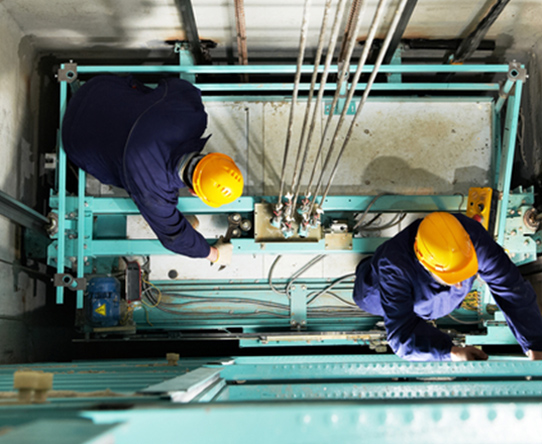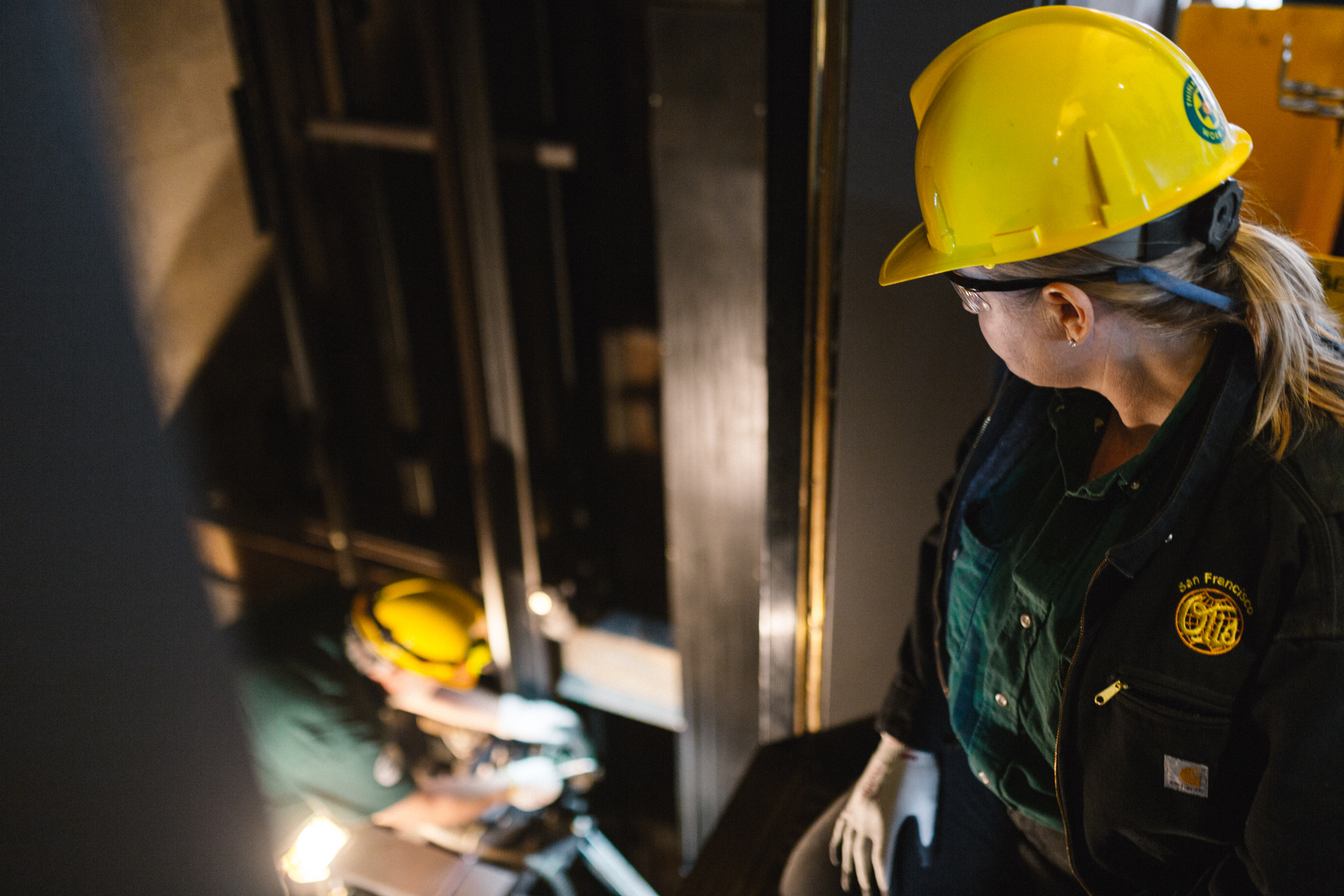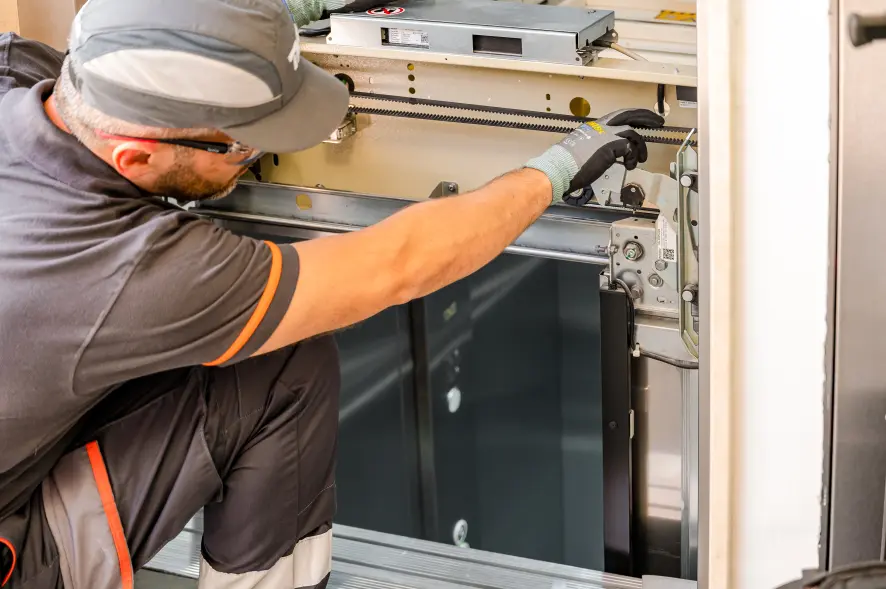Quality Lift Maintenance Repair by Licensed Technicians
Quality Lift Maintenance Repair by Licensed Technicians
Blog Article
Pro Tips for Keeping Your Lift in Top Condition: A Thorough Introduction
Making certain the optimal functioning of a lift system is vital for a effective and secure operation in different settings, from industrial storage facilities to industrial buildings. By sticking to an organized maintenance regimen and preemptively resolving possible problems, lift owners can alleviate costly downtime and safety and security hazards.

Importance of Regular Upkeep
Normal maintenance of your lift is vital to guarantee its ideal performance and longevity. By sticking to a routine upkeep schedule, you can recognize and deal with possible issues before they escalate into costly repair services or unanticipated downtime. Routine maintenance jobs such as lubricating moving components, examining for damage, and checking hydraulic systems can assist protect against malfunctions and guarantee secure operation.
Overlooking normal maintenance not only compromises the performance of your lift however additionally presents safety and security dangers to users and residential or commercial property. Components that are not properly kept may fail suddenly, leading to crashes or damages to the lift itself. Additionally, addressing problems early via upkeep can expand the life expectancy of your lift and minimize the possibility of major malfunctions.
Along with boosting security and efficiency, regular maintenance can likewise conserve you cash in the lengthy run. By investing in preventive upkeep steps, you can stay clear of expensive repair services or substitutes that might occur from overlooking the upkeep of your lift. Generally, prioritizing normal upkeep is vital for optimizing the performance and durability of your lift system.
Top Parts to Inspect

In addition, pay close interest to the lift's security attributes, such as emergency quit buttons, safety and security sensing units, and interlocking devices, to ensure they are functioning correctly. Regularly check the lift shaft for particles or obstructions that could impede the motion of the lift car.
Positive Repairing Techniques
When encountered with prospective lift system concerns, adopting aggressive repairing methods can significantly boost functional performance and avoid costly downtime. One of the key positive troubleshooting techniques is to regularly assess and check lift performance data. By tracking metrics such as lift speed, motor temperature level, and power consumption, upkeep teams can recognize early indications of potential problems and take rehabilitative actions prior to they escalate. Carrying out regular visual evaluations of essential elements, such as wires, pulley-blocks, and security systems, can additionally help in identifying wear and tear or misalignments that might cause malfunctions. Additionally, carrying out a preventative maintenance timetable that includes lubrication of moving components, screening of emergency situation brakes, and calibration of sensing units can proactively address typical lift system issues.
In addition, investing in training programs for maintenance staff on troubleshooting techniques certain to the lift design set up can equip them to diagnose and deal with concerns swiftly. By remaining in advance of prospective problems via proactive troubleshooting, lift operators can make sure a smoother and a lot more trustworthy operation while lessening the risk of unexpected failures.
Vital Lubrication Practices
Implementing correct lubrication techniques is critical for guaranteeing the smooth procedure and durability of lift systems. Regular lubrication helps minimize friction between moving components, avoiding deterioration that can bring about costly repair services and downtime. Adhering to a stringent lubrication routine is essential. when it comes to raise maintenance.
Selecting the ideal lubricant is the very first step in effective upkeep. Various elements of the lift system might require particular kinds of lubes, such as grease or oil. Get in touch with the manufacturer's guidelines to establish the proper lubes for every part.

Attend to any type of problems immediately to protect against further damage and guarantee the continued smooth operation of your lift system. By prioritizing correct lubrication practices, you can prolong the life expectancy of your lift and maximize its efficiency.
Precaution for Lift Operators
In order to preserve a safe working environment and promote operational performance, lift drivers have to carefully follow recommended safety procedures, alongside prioritizing vital lubrication techniques for optimal lift efficiency. Security measures for lift operators are essential to stop accidents and guarantee Read Full Report the smooth functioning of the lift system. Operators needs to undergo complete training on proper lift operation, emergency procedures, and security standards. Routine devices assessments and maintenance checks are vital to recognize and resolve any type of potential safety and security threats immediately. about his It is important for drivers to constantly adhere to manufacturer suggestions for lots capabilities, functional limitations, and safety and security features use.
Moreover, lift operators must prioritize individual safety tools (PPE) such as helmets, handwear covers, and security harnesses when functioning at elevations or managing heavy loads. Clear interaction amongst operators, maintenance professionals, and other workers is crucial to avoid misunderstandings that could cause mishaps. Last but not least, drivers need to continue to be vigilant, focused, and prevent disturbances while running the lift to guarantee the safety and security of themselves and others in the location.
Verdict
In conclusion, preserving a lift in top problem is essential for guaranteeing safety and performance in operations. Normal maintenance, detailed examinations of essential components, proactive troubleshooting, appropriate lubrication methods, and adherence to precaution are crucial for lengthening the lifespan of the lift and stopping crashes. By following these standards, lift operators can guarantee the continued performance and safety and security of their tools.
By adhering to a structured maintenance regimen and preemptively addressing potential problems, lift owners can mitigate pricey downtime and security threats. Routinely inspect the lift shaft for particles or blockages that can restrain the movement of the lift automobile.In order to preserve a secure functioning environment and maintain functional effectiveness, lift drivers need to carefully adhere to suggested security protocols, together with prioritizing important lubrication practices for optimum lift efficiency. Safety and security steps for lift drivers are essential to protect against mishaps and make certain the smooth performance of the lift system. Normal maintenance, detailed examinations of essential components, Continued positive troubleshooting, appropriate lubrication practices, and adherence to security measures are important for lengthening the life expectancy of the lift and stopping accidents.
Report this page